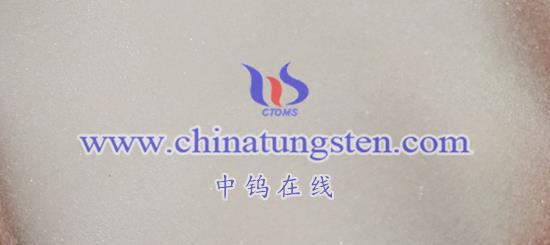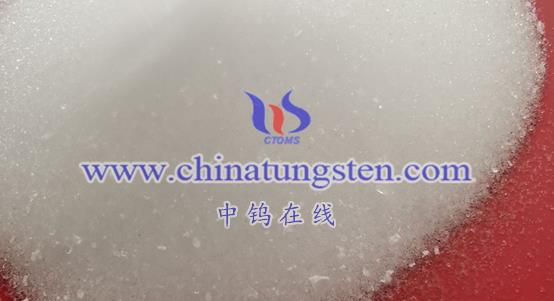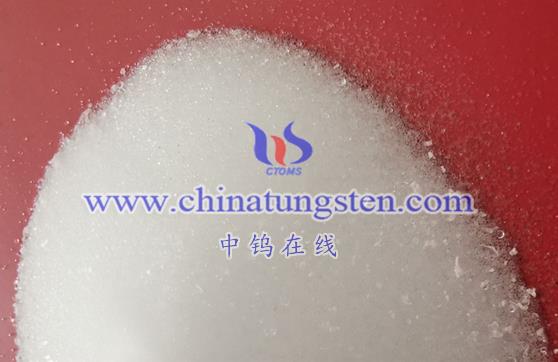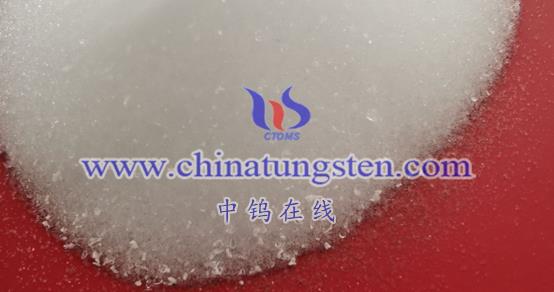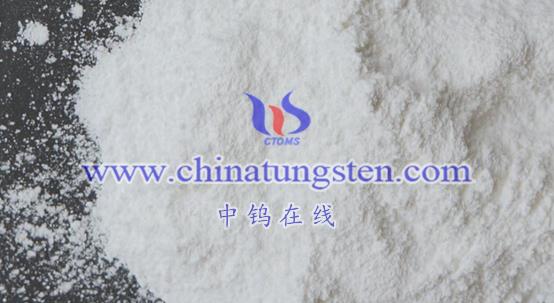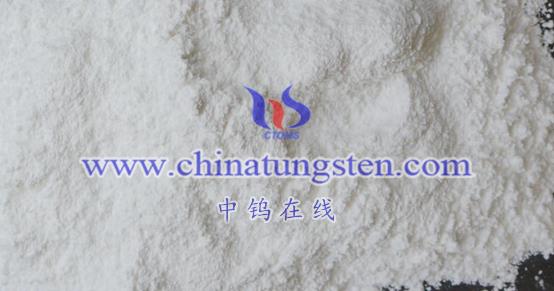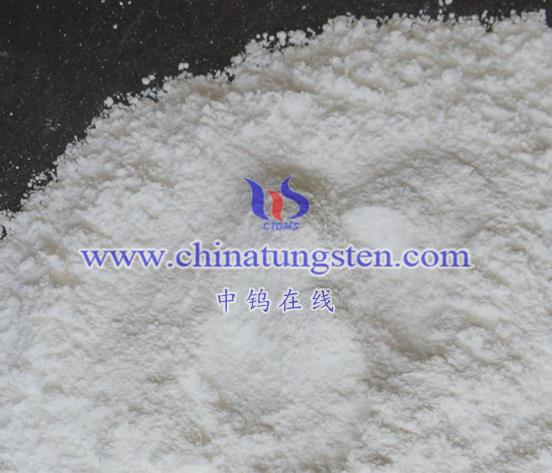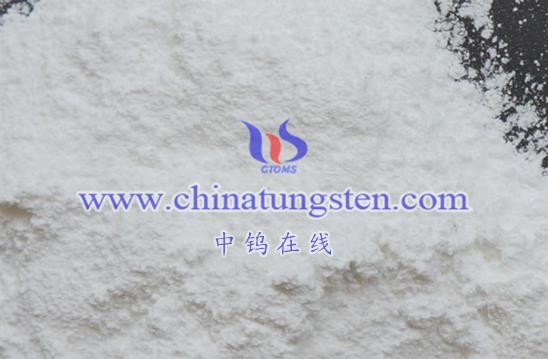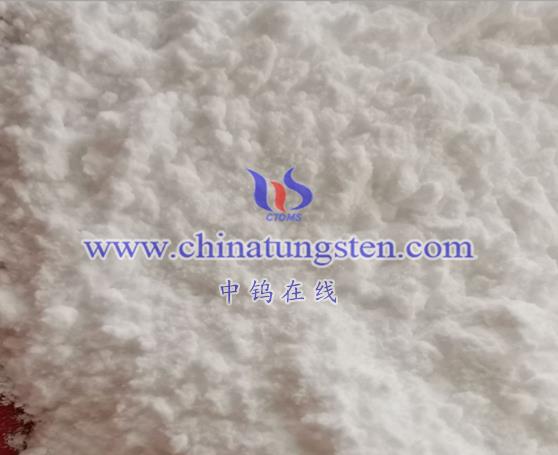
The hydrometallurgy of tungsten is an important metal extraction technology. It uses aqueous solutions of acids, alkalis and salts to extract the required metal components from tungsten ore by chemical methods, and further produces metallic tungsten by aqueous solution electrolysis and other methods. Tungsten is an important strategic metal and is widely used in cemented carbide, special steel, aerospace, electronic information and other fields. With the development of science and technology and the progress of industry, the demand for tungsten is growing, and how to extract tungsten efficiently and environmentally friendly has become an important topic. The hydrometallurgy of tungsten has become an important method for tungsten extraction with its unique advantages, such as low energy consumption, high efficiency and environmental protection.
The basic principle of tungsten hydrometallurgy
The basic principle of tungsten hydrometallurgy is to use aqueous solutions of acids, alkalis and salts to convert tungsten in tungsten ore into soluble tungsten compounds through chemical reactions, and then through solid-liquid separation, solution purification, enrichment, extraction and other steps, finally obtain metallic tungsten or tungsten intermediate compounds.
The main steps of tungsten hydrometallurgy
Raw material preparation
The raw materials for tungsten hydrometallurgy are mainly tungsten ore, including wolframite, scheelite and the like. In the raw material preparation stage, the ore needs to be crushed, ground, screened, etc. to improve the reactivity and leaching rate of the ore.
Leaching
Leaching is one of the key steps in tungsten hydrometallurgy. In this step, acid leaching or alkaline leaching is usually used to convert the tungsten in the tungsten ore into soluble tungsten compounds. Commonly used acids for acid leaching include sulfuric acid and hydrochloric acid, and commonly used alkalis for alkaline leaching include sodium hydroxide and sodium carbonate. During the leaching process, it is necessary to control parameters such as leaching temperature, leaching time, acid and alkali concentration to improve the leaching rate and reduce energy consumption.
Solid-liquid separation
The leached solution needs to be solid-liquid separated to remove ore residues and impurities. The methods of solid-liquid separation include filtration, centrifugal separation, etc. During the solid-liquid separation process, it is necessary to prevent the loss of tungsten compounds in the solution and ensure that the water content of the residue is low for subsequent treatment.
Solution purification and enrichment
The solution after solid-liquid separation contains tungsten compounds and impurity ions. In order to obtain pure tungsten compounds, the solution needs to be purified and enriched. Common purification methods include precipitation, ion exchange, solvent extraction, etc. In the purification process, it is necessary to select appropriate purifiers and control purification conditions to maximize the removal of impurity ions. Enrichment methods include evaporation concentration, crystallization, etc. Enrichment can increase the concentration of tungsten compounds in the solution, which facilitates the subsequent extraction steps.
Extraction of metallic tungsten or intermediate compounds of tungsten
The solution after purification and enrichment contains high concentrations of tungsten compounds. In order to obtain metallic tungsten or intermediate compounds of tungsten, it is necessary to use appropriate methods to extract tungsten from the solution. Common extraction methods include electrolysis and reduction. The electrolysis method is to extract metallic tungsten from the solution by electrolysis. This method is suitable for extracting metallic tungsten with high purity requirements. The reduction method is to reduce the tungsten compounds in the solution to metallic tungsten or intermediate compounds of tungsten by a reducing agent. This method is suitable for extracting metallic tungsten or intermediate compounds of tungsten with low purity requirements.
Main technologies for tungsten hydrometallurgy
Caustic soda decomposition method
Caustic soda decomposition method is a commonly used tungsten hydrometallurgy technology. It uses caustic soda (sodium hydroxide) to react with tungsten in tungsten ore to produce soluble sodium tungstate. Then, through solid-liquid separation, solution purification, enrichment and other steps, metallic tungsten or intermediate compounds of tungsten are finally obtained. The caustic soda decomposition method has the advantages of fast reaction speed and high leaching rate, but it has high requirements for equipment and consumes a large amount of caustic soda.
Soda sintering method
The soda sintering method is a wet smelting technology suitable for processing low-grade tungsten ore. It mixes low-grade tungsten ore with soda (sodium carbonate) and sintering reaction at high temperature to convert tungsten into soluble sodium tungstate. Then, through water leaching, solid-liquid separation, solution purification and other steps, metallic tungsten or intermediate compounds of tungsten are finally obtained. The soda sintering method has the advantages of wide adaptability and high leaching rate, but it has high energy consumption and requires the treatment of a large amount of waste gas and wastewater.
Ion exchange method
The ion exchange method is an efficient tungsten wet smelting technology. It uses ion exchange resin to selectively adsorb and exchange tungsten ions in the solution, thereby achieving tungsten enrichment and separation. The ion exchange method has the advantages of simple operation and good separation effect, but it requires the selection of appropriate ion exchange resins and control of operating conditions.
More details of ammonium metatungstate product, please visit website: http://ammonium-metatungstate.com/
Please contact CHINATUNGSTEN for inquiry and order of ammonium metatungstate:
Email: sales@chinatungsten.com
Tel.: 86 592 5129595
